Mad Hot Ball: just let the children dance
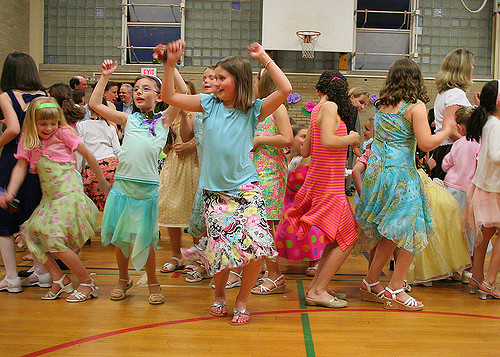
May 8, 2018
For the past 10 years, Gloucester 5th graders have been learning ballroom dancing in music class; tangoing and swinging and polka-mixing their way to the Mad Hot Ball, where they show what they have learned, and compete against classmates from all five elementary schools for ribbons. It is an exhilarating experience; dancing with strangers, dressing up, winning or losing.
My sister Bea competed this year, and won two first place ribbons. Through the Mad Hot Ball, students learn traditional forms of ballroom dance, which is a valuable part of our culture. This event, although educational and remembered fondly by many, including myself, is not without flaws.
Moments after the fifth graders promenade into the gymnasium– some smiling and strutting, others carefully and awkwardly distancing themselves from their partner– they are seated in rows with an isle down the middle. Boys on the left, girls on the right. They are arranged this way so teachers can easily line up boy-girl couples to dance together, although due to Gloucester’s strangely unbalanced population, there are often almost 30 “extra girls” who have to wait before they get their chance to take to the floor.
There seems an obvious solution to this problem, simply from a logistical standpoint; let girls dance with girls. Teaching everyone both parts of the dance would not be difficult, as the steps the kids perform are relatively simple.
Some may argue that dancing with the opposite sex is an integral part of ballroom dance, part of the tradition and therefore part of the art, but this argument clings to the origins of these dances as courtship rituals between men and women. These children, 10 and 11 year olds, are not courting, they are just dancing. They are blushing and bashful to touch a girl’s waist, nervous and excited to hold a boy’s hand. They are not wooing and charming, but they are on the very cusp of considering it.
In this time, when an adolescent is transitioning from the innocence of childhood to the blood-lusting horror that is middle school, and entering the very dawn of their dating lives, shouldn’t we really analyze the kinds of messages we are sending? Do we really want to tell these children that girls shouldn’t dance with girls?
As a bisexual person, it hurt to watch. I know that my little sister has friends who, in the 5th grade or even younger, are beginning to question their sexuality and have come out to their friends. If I were in their new dancing-shoes, I imagine I would feel alienated, frustrated, as I waited on the sidelines to take my place with one of the boys. It would feel arbitrary.
Today, at my sister’s Mad Hot Ball, I watched a girl who was wearing khakis and a button down instead of the customary sparkly party dress dancing stiffly with boys dressed much the same. She took her ribbon from the judge, and when walking back to her spot, was chided for not having her partner escort her. If the Mad Hot Ball didn’t adhere so staunchly to hetero-normality, it would make the event more comfortable for young people who don’t conform to gender roles or aren’t heterosexual.
This is not to say that the Mad Hot Ball needs to be accompanied by conversation about the LGBTQ+ community, although that certainly wouldn’t be a bad thing, but rather that it needs to be less centered around the courtship traditions mentioned prior.
I remember at my Mad Hot Ball, sitting on an uncomfortable chair wearing my new dress and blisters on my heels, I felt like a girl– almost a woman. I felt pretty as I danced, my ponytail whipping dangerously. There is something to be said for coming of age, for seeing a rosy future of boys in pressed shirts dancing the merengue. Sitting there, eleven years old and clumsy, I felt like a woman, because for the first time I would dance the ladies part, while a boy danced the gentleman’s.
Looking back, it is a precious moment, but also a complex one. That eleven year old woman didn’t know yet that she would ever want to dance with another girl the way she wanted to dance with these baby-faced men. It is a stretch to say that same-sex dance partnerships at the Mad Hot Ball would have helped her figure that out, but it could have made her, and young people like her, less obsessed with gender being the defining factor of relationships, and less obsessed with the idea that being with someone of the opposite sex is what makes a man a man, or a woman a woman.
As times change, children are becoming more and more free to be queer; they are having the most innocent of playground crushes and all the same puppy-love joys and sorrows of their straight classmates. We should allow young children to grow up in a world where traditions that enforce gender roles don’t get in the way of their identities, and their freshly budding dreams of romance are met with an understanding that “romance” doesn’t just mean boys in pressed shirts dancing the merengue and girls like me, or my sister, with our hair curled and lips pinkened.
So when there aren’t enough boys to go around, why can’t the girls dance together? Why should we impose staunch binaries of gender and sexuality on impressionable children on the brink of years of self exploration? In the end, whether they conform to traditional roles or not, they are children. Let’s cut the unnecessary conventions out of it.
Let’s just let the children dance.

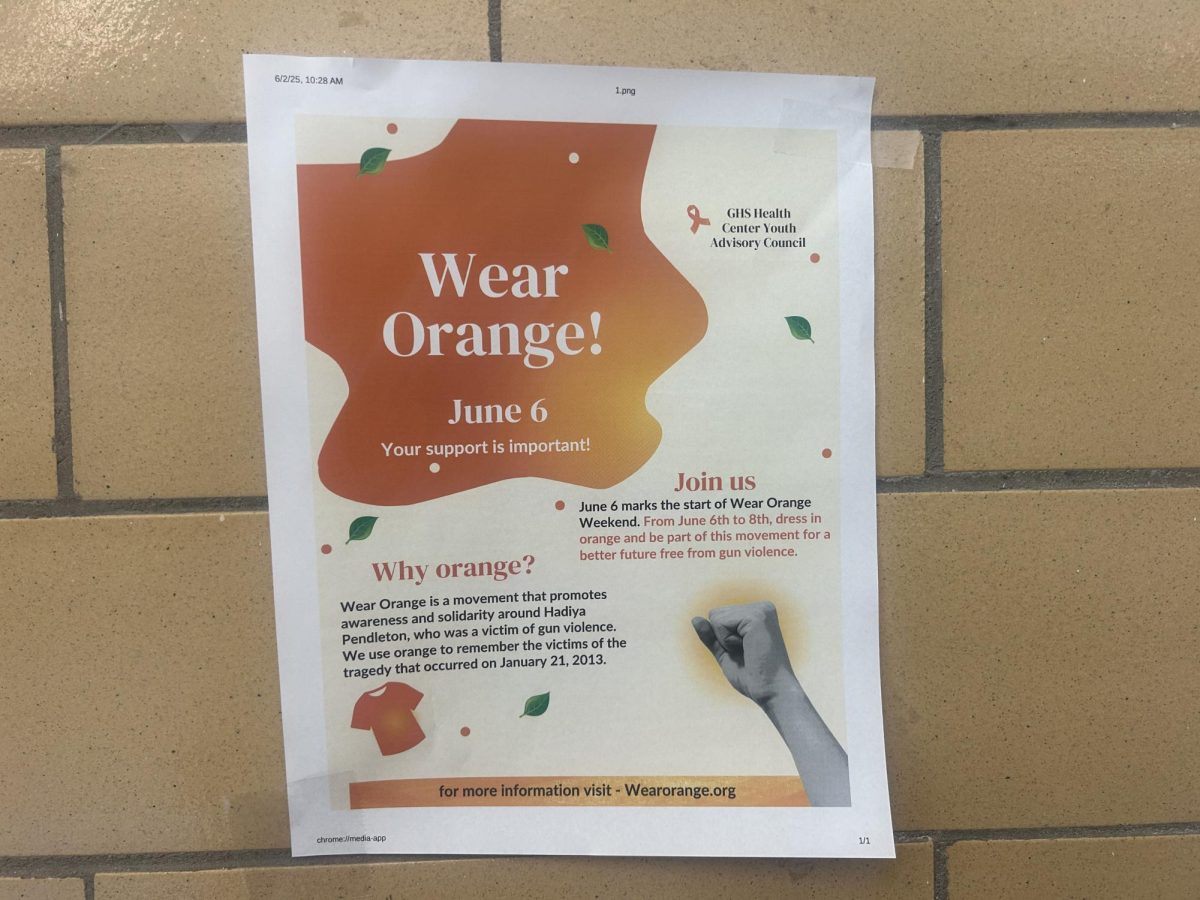




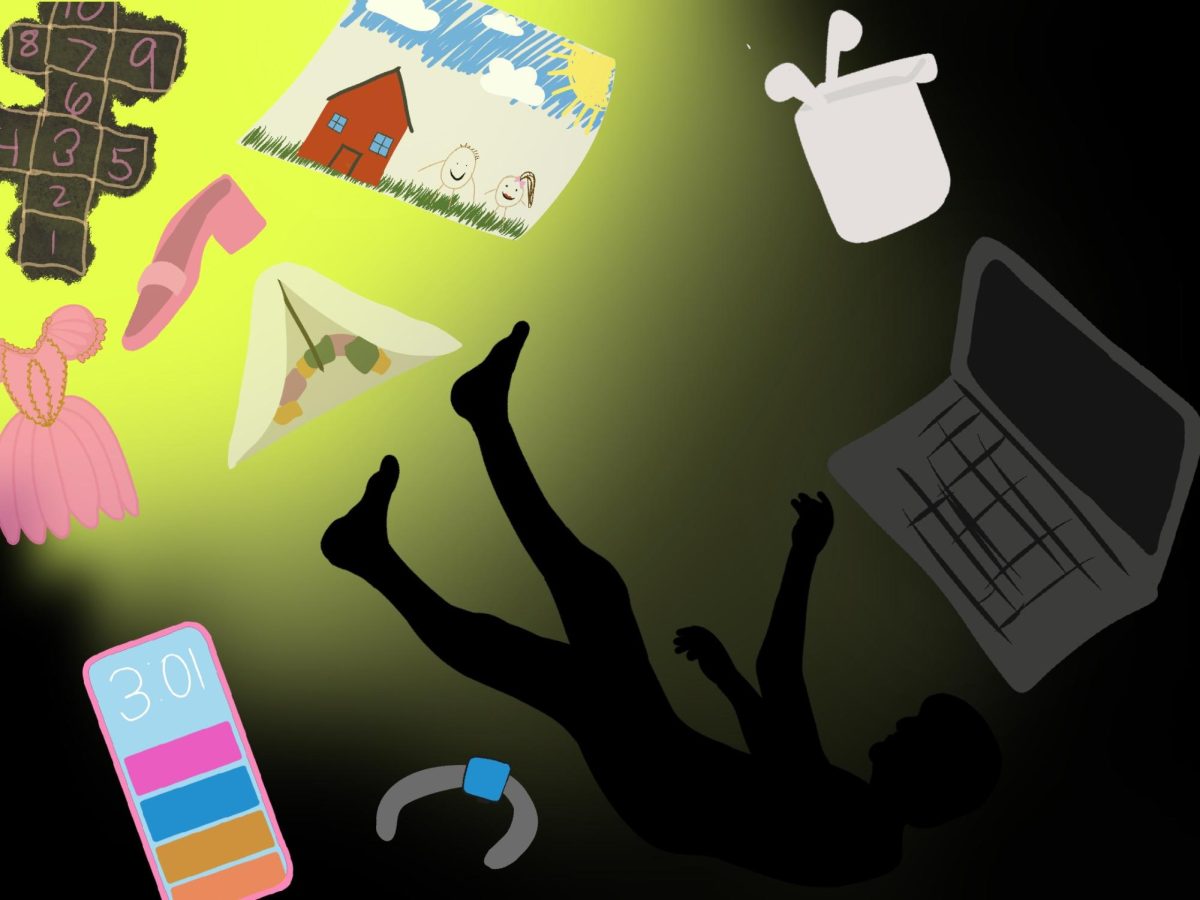

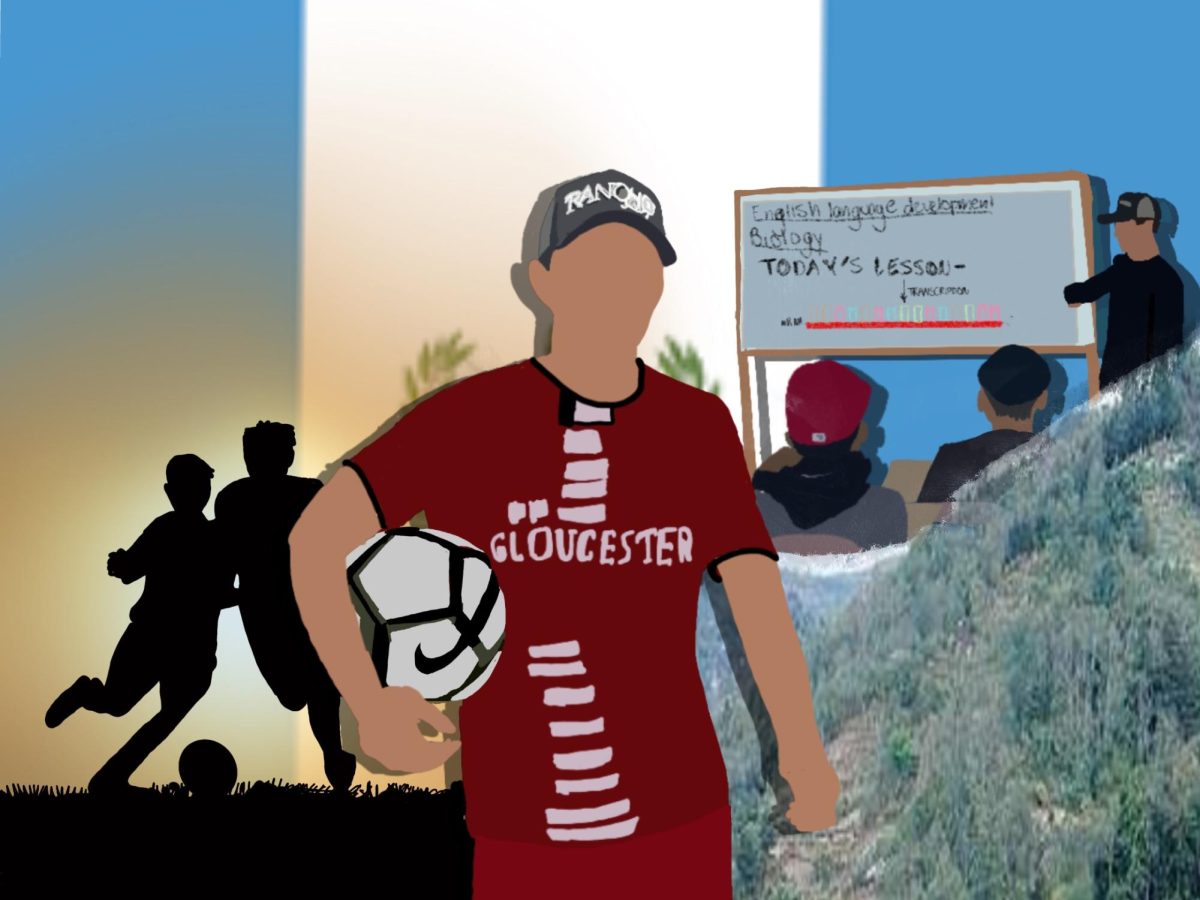

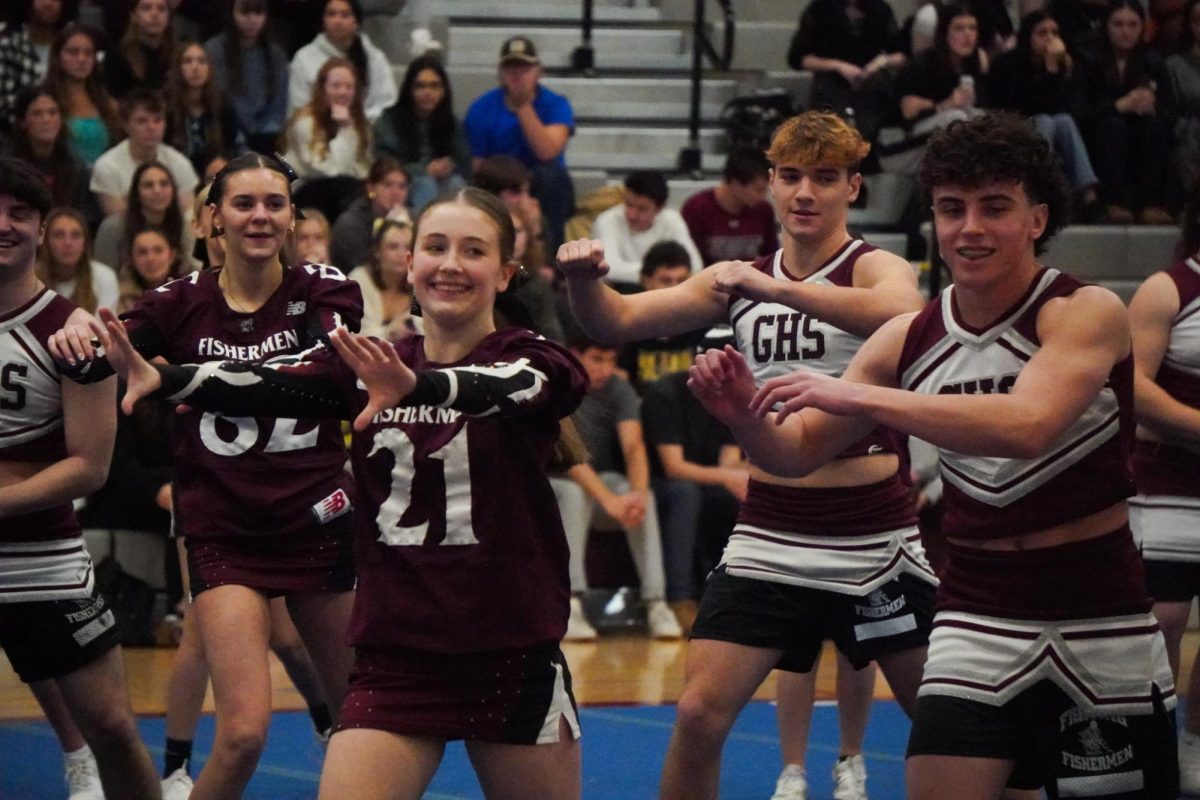

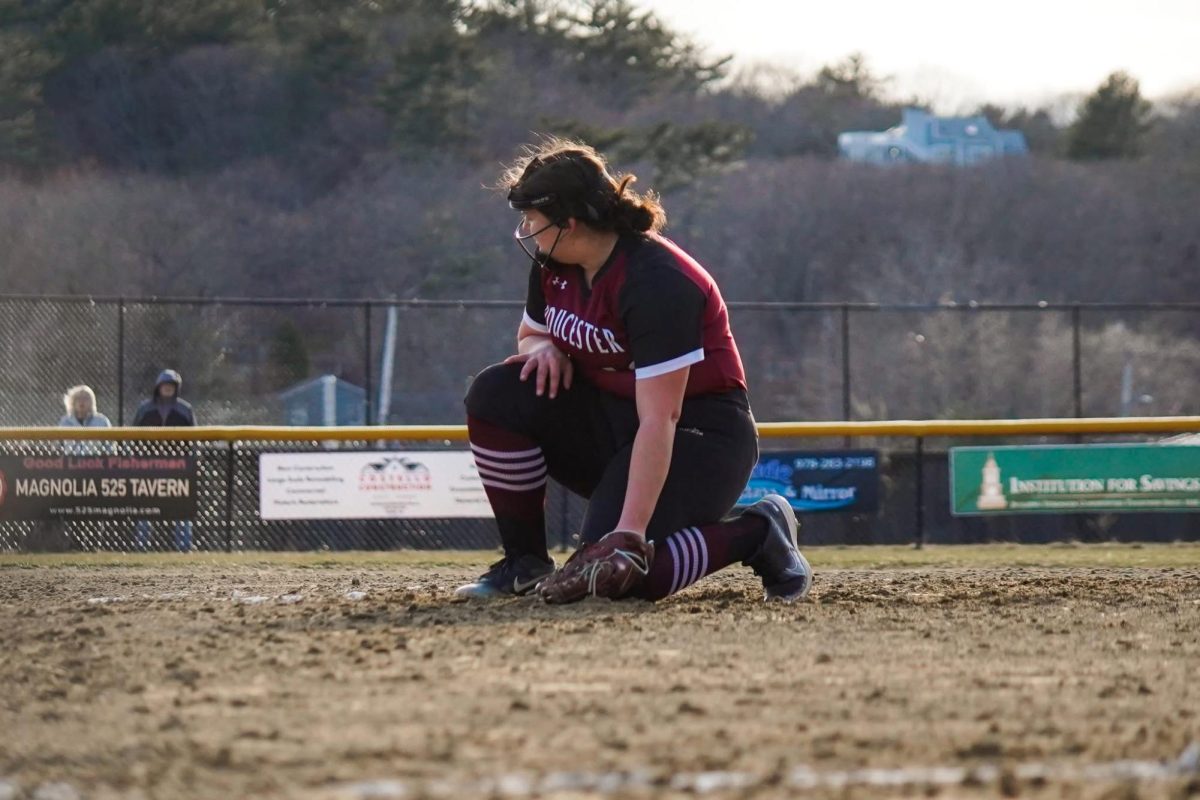
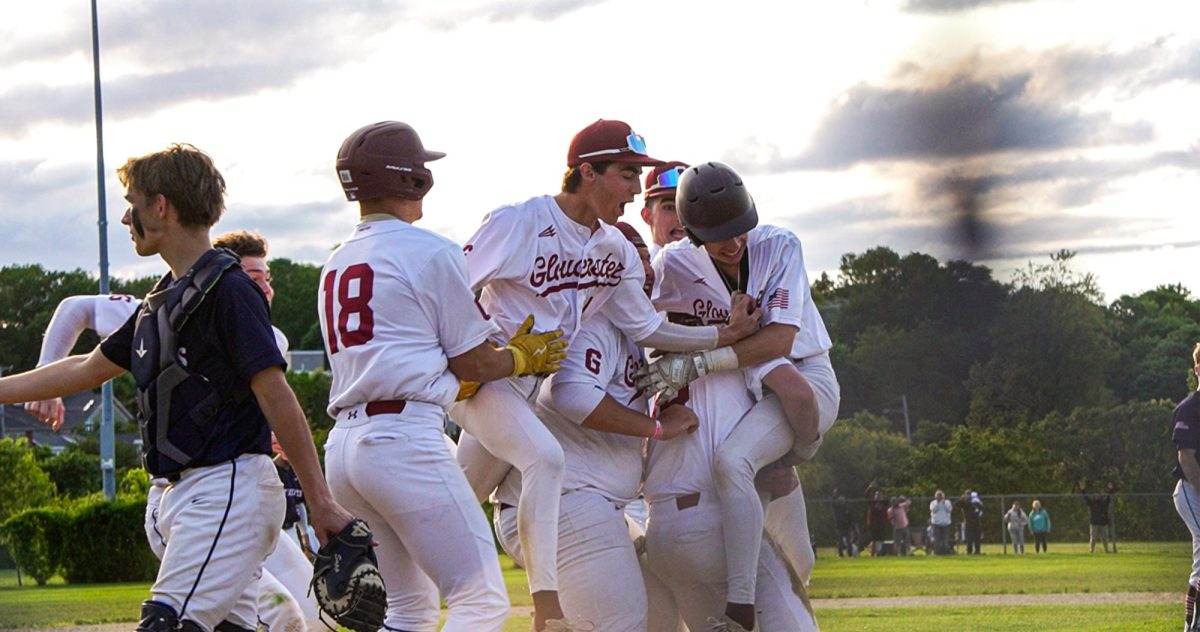

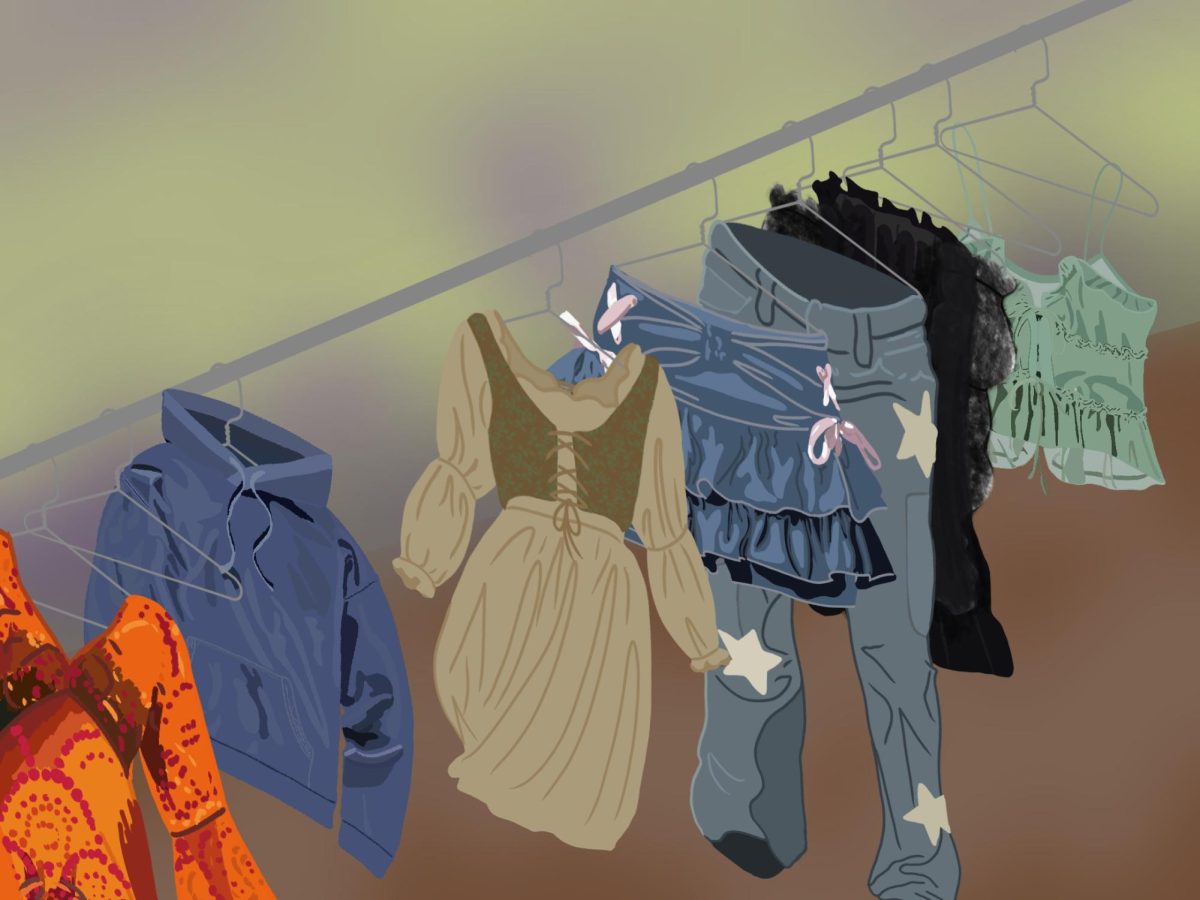




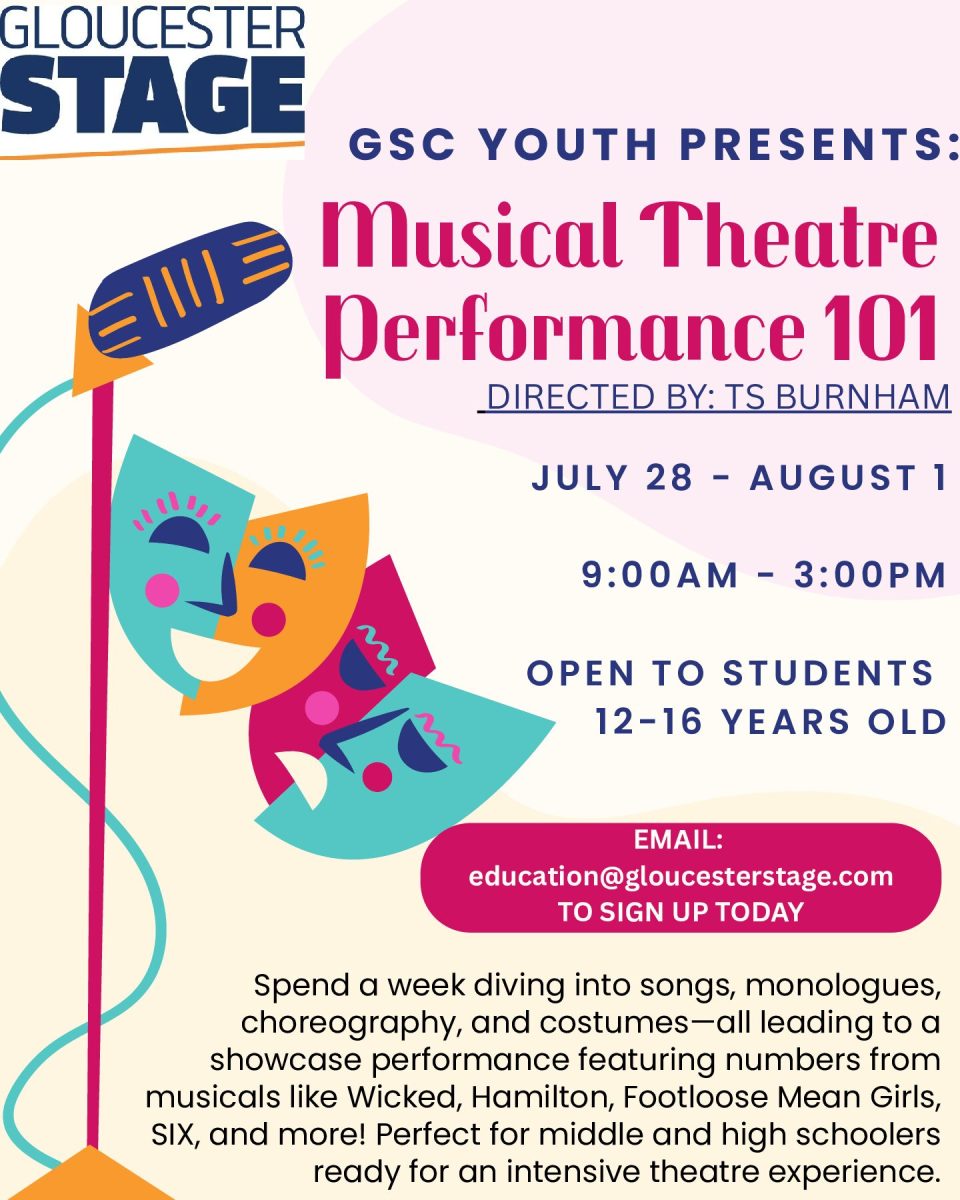


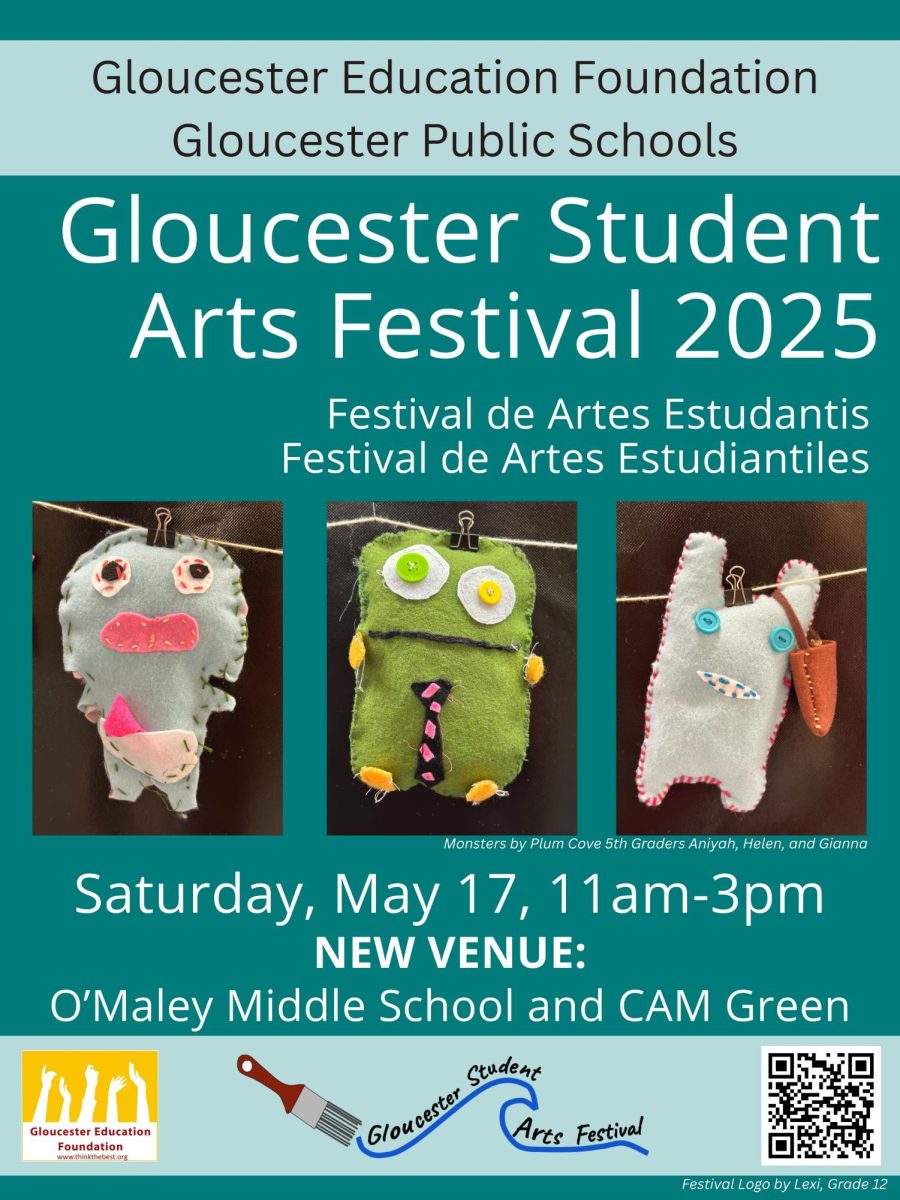







Madison Dempsey • May 9, 2018 at 8:23 am
YES WILLA!
I agree completely. They’re just kids, and if they are going to make a point to teach them ballroom dance in classes, they should make these kinds of accommodations so they can show off what they have learned.
Jenny Gallant • May 9, 2018 at 3:11 am
I think this article is wonderful, I had a child who attended the ball this year and unfortunately did not get to dance as much as others as there weren’t enough boys to go around. Honestly if she didn’t compete doubt she would have had a partner to go on the floor at all. I agree just let them be kids and dance!!! Surely, end of it all she had no problem dancing with her mama. Kids are kids, let them be young and have fun I say! So I hope next year some changes will be met .
Lisa Williams • May 8, 2018 at 8:16 pm
Willa, thank you for your well written opinion. I applaud your advocacy for non-traditional gender roles. My heart is smiling as you remind me of the great strides in non-binary acceptance our society is making. Yes, please just let the children dance.